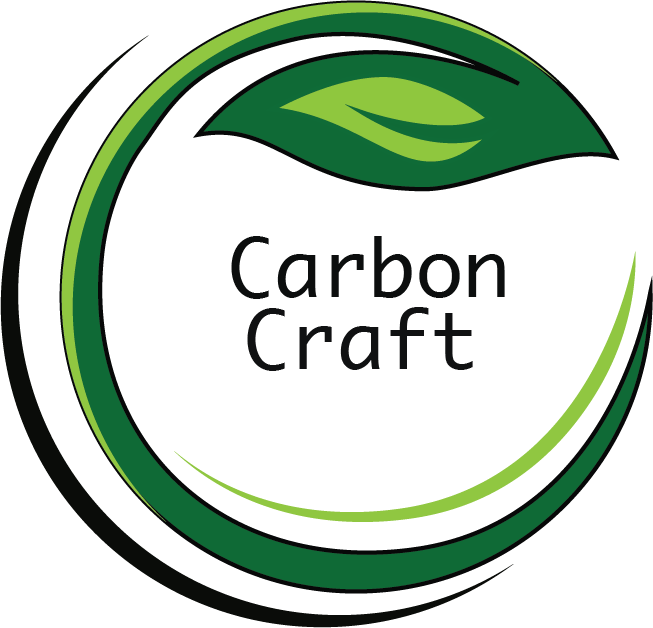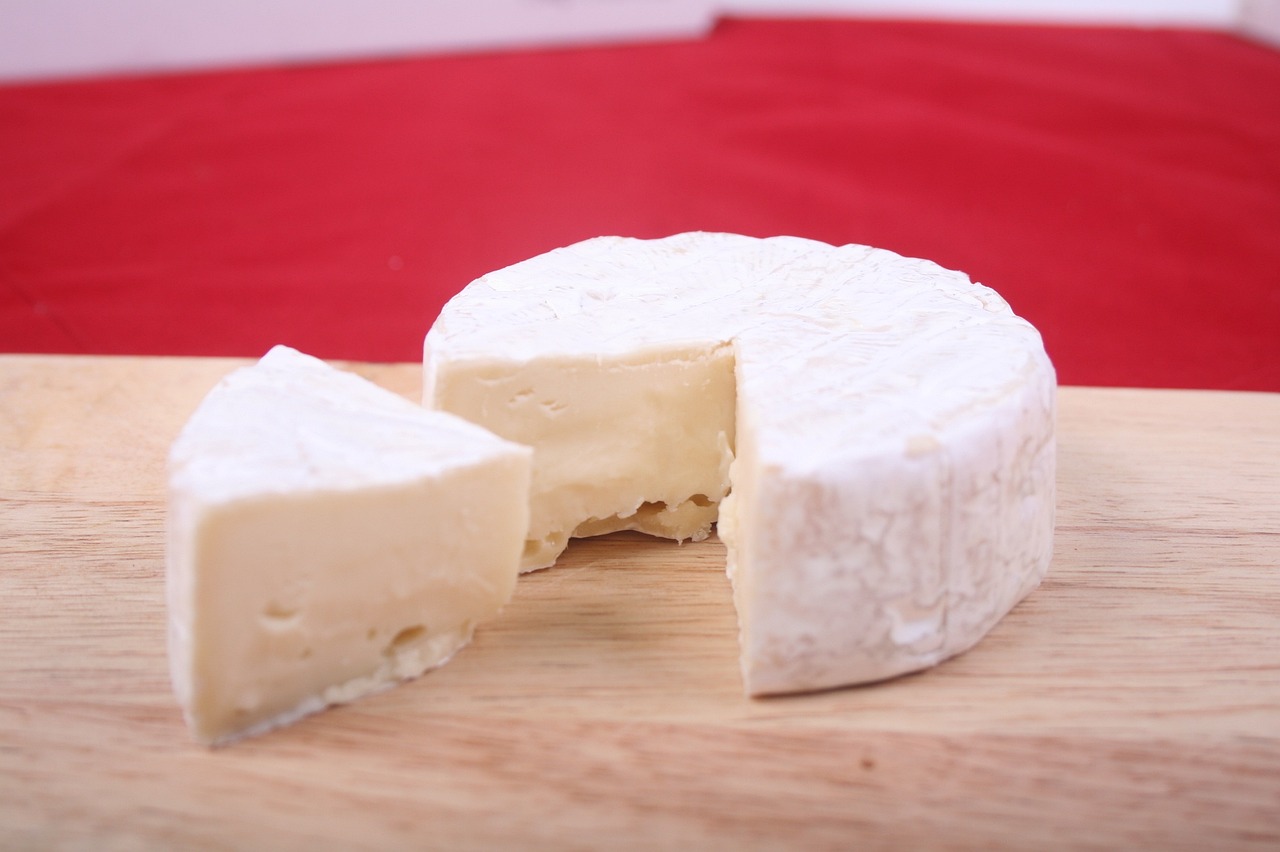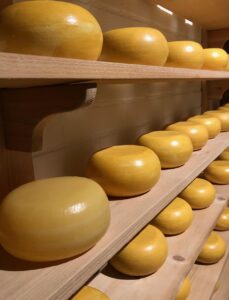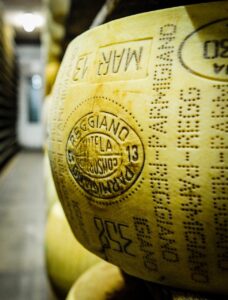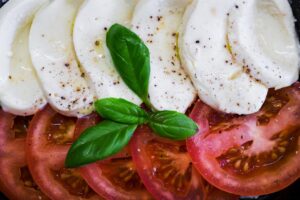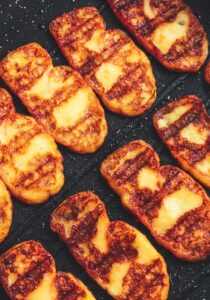Brie cheese, often called the “Queen of Cheeses,” is one of France’s most beloved dairy products. Known for its creamy texture, earthy aroma, and rich flavor, Brie has been enjoyed for centuries and remains a favorite worldwide. However, despite its global popularity, authentic Brie is at risk of disappearing due to industrialization, strict regulations, mould strains and changing consumer preferences.
What Makes Brie Special?
Brie originates from the Île-de-France region, near Paris. This soft, bloomy-rind cheese is made from cow’s milk and has a creamy, buttery interior with mild mushroom-like notes. Brie is aged for about 4–8 weeks, during which its distinctive white rind forms through the growth of Penicillium camemberti mold.
Traditionally, Brie comes in two protected varieties:
Brie de Meaux AOP – A stronger, more complex Brie with nutty and earthy notes.
Brie de Melun AOP – A firmer Brie with a more pronounced aroma and deeper flavors.
Unlike mass-produced versions found in supermarkets, these traditional Bries are made using raw (unpasteurized) milk, giving them a unique depth of flavor.
Why Is Brie at Risk of Disappearing?
1. Strict Health Regulations on Raw Milk Cheese
One of the biggest threats to authentic Brie is the regulation of raw milk cheeses. Many countries, including the U.S., have strict laws that ban or heavily restrict the import of raw milk cheeses aged less than 60 days. Since traditional Brie is aged for only 4–8 weeks, it does not meet these requirements.
As a result, many producers have switched to pasteurized versions to meet international demand. However, pasteurization reduces the complexity and depth of flavor, leading to a decline in the availability of true, raw milk Brie.
2. Industrialization and Mass Production
Large-scale cheese manufacturers have commercialized Brie, producing bland, rubbery versions that lack the traditional depth and complexity. These supermarket Bries are often stabilized, meaning they do not fully ripen, resulting in a firmer, less flavorful cheese.
As demand for convenience grows, smaller artisanal producers of Brie de Meaux and Brie de Melun struggle to compete with mass-market versions. Many traditional cheese farms have closed, unable to survive against industrial-scale production.
3. Changing Consumer Preferences
Modern consumers are increasingly drawn to low-fat, lactose-free, or highly processed cheeses. This shift away from authentic, full-fat cheeses affects traditional Brie’s market share. Additionally, the rise of vegan cheese alternatives presents another challenge, as plant-based cheeses grow in popularity.
4. Climate Change and Dairy Farming Challenges
Climate change has also impacted milk production, affecting the quality and availability of raw milk needed for authentic Brie. Rising temperatures, droughts, and changing grazing conditions all influence the milk’s composition, which in turn affects the cheese’s flavor and consistency.
5. Specific Mould Strain is Gradually Disappearing
Some studies state that the natural mould strain responsible for the creation of Brie is gradually dying out. This poses the risk for the cheese to be wiped out if no corrective action or a practical solution is present.
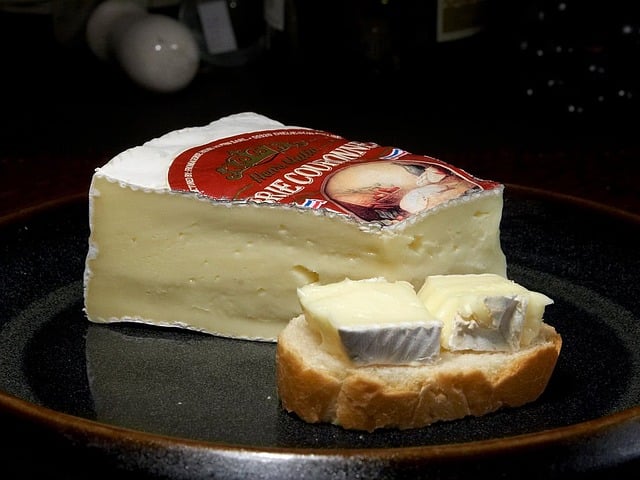
Can Brie Be Saved?
To preserve authentic Brie, cheese advocates, artisanal producers, and consumers must take action:
Support raw milk cheese producers by purchasing authentic Brie de Meaux AOP and Brie de Melun AOP.
Educate consumers about the difference between traditional Brie and mass-produced versions.
Advocate for policy changes to allow traditional raw milk cheeses to be sold more freely in global markets.
Brie cheese, a symbol of French culinary heritage, is facing an uncertain future. Regulations, industrialization, and changing food trends all threaten its survival. However, by supporting traditional cheesemakers and appreciating the craftsmanship behind authentic Brie, we can help ensure that this legendary cheese remains on our tables for generations to come.
